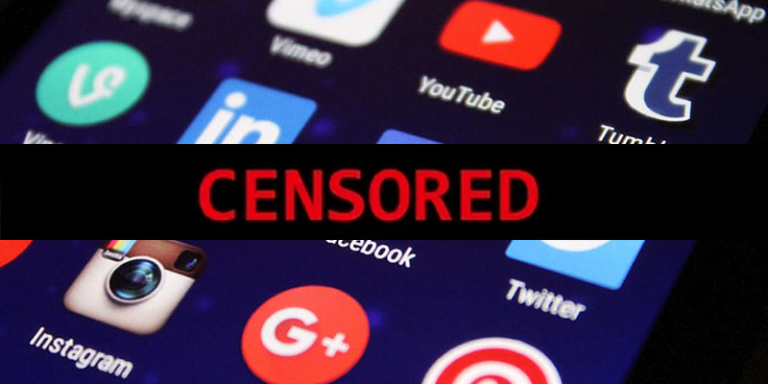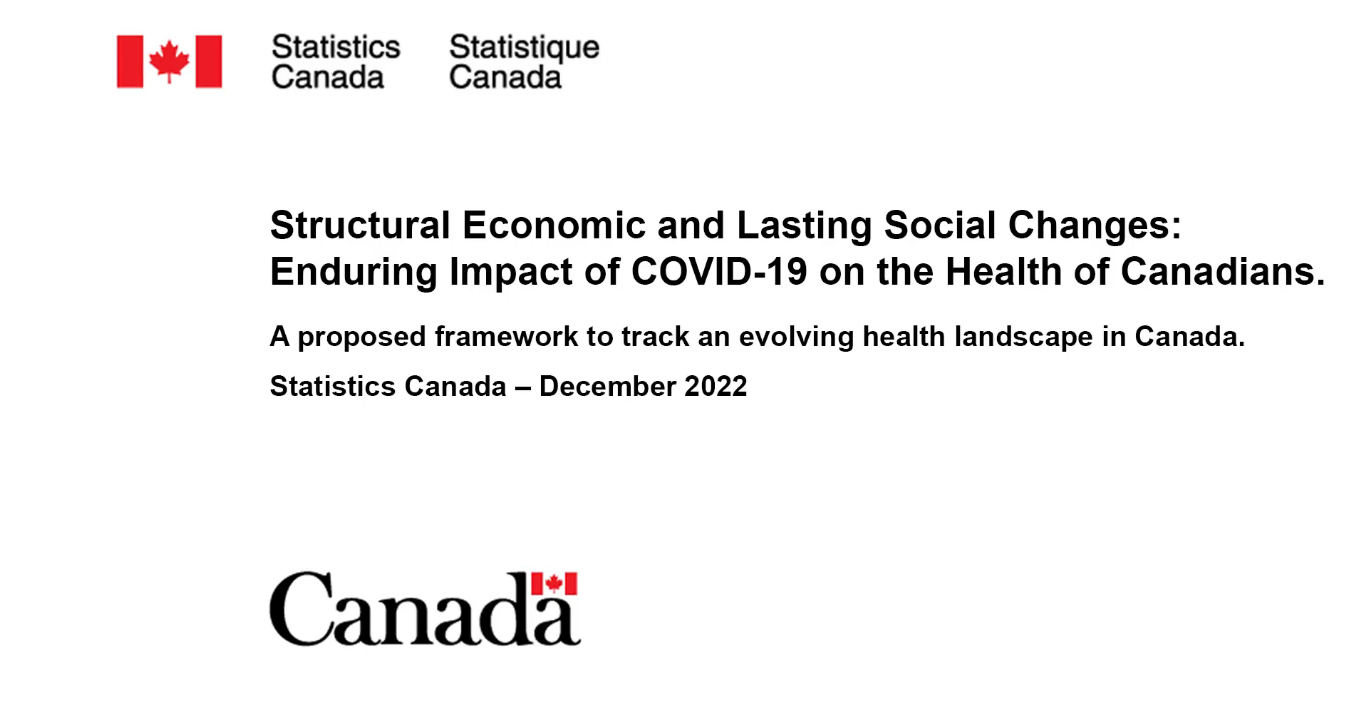In an era dominated by the digital realm, the censorship of social media and the challenges surrounding secure communications have become increasingly pertinent issues. As we witness the exponential growth of online platforms, the delicate balance between freedom of expression and the need for security becomes ever more complex.
Understanding the Landscape
Social media censorship is a multifaceted phenomenon that involves the regulation or suppression of content, often by governmental or institutional entities. This censorship can range from the removal of specific posts to the outright blocking of entire platforms. On the other hand, secure communications pertain to the safeguarding of sensitive information exchanged through digital channels, ensuring privacy and protection against unauthorized access.
The Interplay of Freedom and Security
In our interconnected world, the clash between the desire for open communication and the necessity for security measures is palpable. Striking the right balance is crucial to maintaining a healthy digital environment that fosters both expression and safety. As we delve deeper into these issues, it’s evident that effective solutions require a nuanced understanding of the challenges at hand.
Social Media Censorship: Navigating the Fine Line
Social media platforms have emerged as powerful tools for global communication, but they are not exempt from regulatory measures. Governments and entities around the world grapple with the task of mitigating the dissemination of harmful content while upholding democratic values. Striking a balance between free expression and content moderation is an ongoing challenge.
Transparency and Accountability
One key aspect in the discourse on social media censorship revolves around the need for transparency and accountability. Users demand clarity regarding the criteria for content removal, and platforms must be proactive in providing detailed explanations for their decisions. An open dialogue between users and platforms can foster trust and understanding.
Technological Innovations in Content Moderation
In the quest for more effective content moderation, technological advancements play a pivotal role. Artificial Intelligence (AI) algorithms are being developed to identify and flag content that violates community standards. These innovations aim to streamline the moderation process, making it more efficient and, ideally, less prone to bias.

Secure Communications: Building Trust in the Digital Age
The rise of digital communication has given birth to a new era of connectivity, but it has also heightened concerns about privacy and security. Ensuring the confidentiality of sensitive information is paramount, necessitating robust measures for secure communications.
End-to-End Encryption: A Pillar of Security
One cornerstone of secure communications is end-to-end encryption, a method that ensures that only the communicating users can read the messages. This cryptographic technique prevents third parties, including service providers, from accessing the data. As privacy concerns intensify, the adoption of end-to-end encryption has become a crucial component of secure digital communication.
Cybersecurity Best Practices
Beyond encryption, adhering to cybersecurity best practices is imperative for safeguarding sensitive information. This includes regularly updating software, implementing multi-factor authentication, and educating users about potential threats such as phishing attacks. A comprehensive approach to cybersecurity is essential in today’s dynamic digital landscape.
Navigating the Future: Striking a Balance
As we navigate the complexities of social media censorship and secure communications, it’s evident that a delicate balance must be maintained. Governments, tech companies, and users alike must collaborate to establish frameworks that protect individual freedoms without compromising security.
International Cooperation
The issues at hand extend beyond national borders, necessitating international cooperation. Global standards and conventions can provide a foundation for addressing challenges related to censorship and security, fostering a unified approach to these pressing matters.
User Empowerment
Empowering users with knowledge about digital rights, privacy settings, and online safety is a crucial step toward creating a resilient digital society. Educated users are better equipped to navigate the digital landscape responsibly and advocate for their rights.
In conclusion, the landscape of social media censorship and secure communications is evolving rapidly. Striking the right balance between freedom and security requires ongoing collaboration, technological innovation, and a commitment to transparency. As we face these challenges, we must remain vigilant in upholding the principles that underpin a free and secure digital world.









